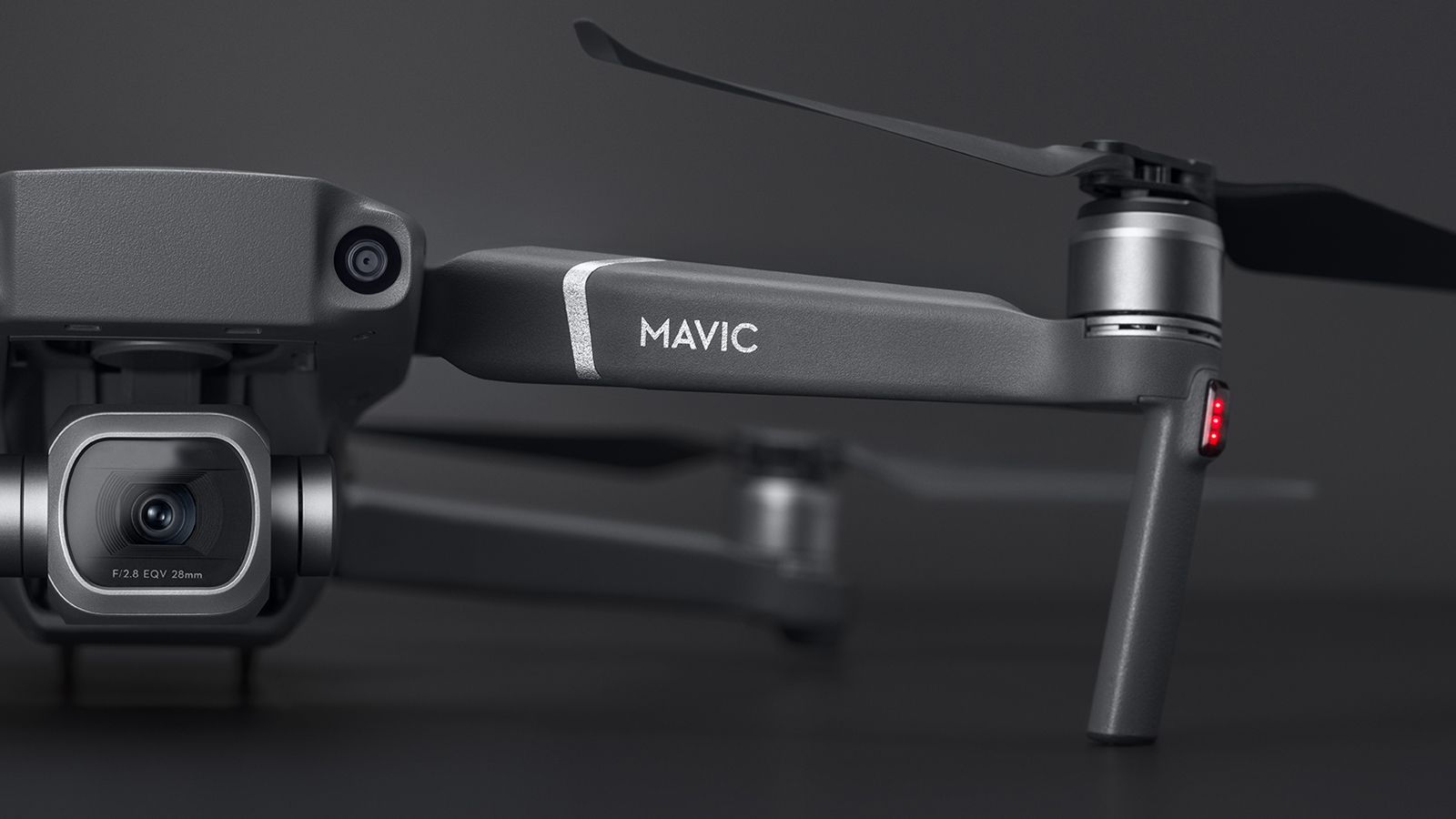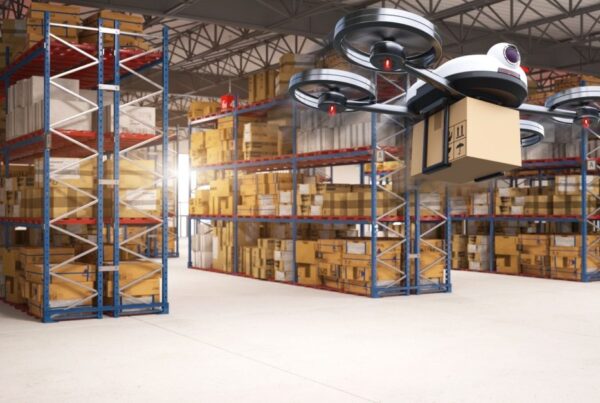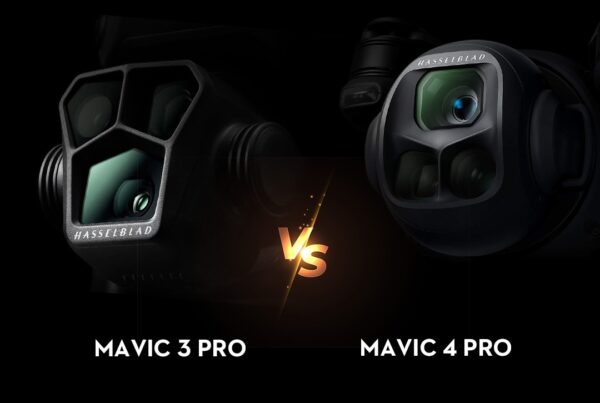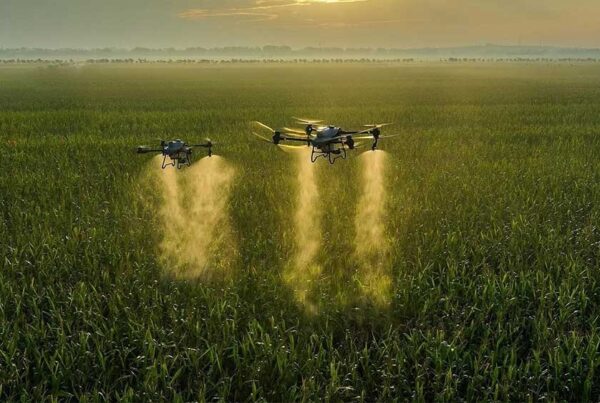
Rules and Regulations for drones in India
DGCA (Directorate General of Civil Aviation) issues CAR (Civil Aviation Requirements) from time to time to govern the uncrewed aircraft (Drones) and Remotely piloted aircraft (RPAs). While drafting, the relevant drone rule in India are
-
-
-
-
-
-
-
-
- CAR Section 3 – Air Transport Series issued 29 August 2018
- AIP Supplement 164 of 2018 was issued on 30 November 2019 by the Airports Authority of India and
- the DGCA Guidance Manual was issued by the DGCA on 3 June 2019.
-
-
-
-
-
-
-
The DGCA is the regulatory body that enforces the above-mentioned basic rules that govern the operation of remotely piloted aircraft and directs drone regulation in India.
The distinction between public and private drones and their use
Drone regulation in India does not state any distinction between public and private drones. Nevertheless, there is a difference in the process for availing a UIN (Unique Identification Number) depending on whether the operator of the drone is a public or private entity.
Drones owned wholly by the state or central government or by any corporation are exempted from availing security clearance from the Ministry of Home Affairs stated by drone rule in India.
Additionally, specific intelligence wings of the government such as the Aviation Research Centre, National Technical Research Organisation, and Central Intelligence Agency are exempt from having to obtain a UIN or UAOP (Unmanned Aircraft Operator Permit) according to drone regulation in India.
There is a clear difference between the requirement of having to avail a UOAP for drones used for leisure and commercial use, based on the type of drone.
Let us look into the details of this in the next section and know what process drone registration India includes.
Weight-based classification of drones
Drones are classified based on weight as below:
Nano drone: less than or equal to 250g
Micro drone: Less than 250g and greater than or equal to 2kg
Small drone: Less than 2kg and greater than or equal to 25kg
Medium drone: Less than 25kg and greater than or equal to 150kg
Large Drone: Greater than 150kg
There are clear differences in the rules applicable to different drones, and all drones should comply with the rules stated by drone registration India
UIN and UAOP requirements
Nano category drones operating under 50 ft in enclosed premises or uncontrolled airspace are exempted from obtaining a UIN. In comparison, micro and nano drones operating below 200 and 50 ft, respectively, are exempt from obtaining a UOAP. You can obtain these by paying the required taxes according to the drone license India
Remote pilot training requirements
Pilots of nano and micro drones aiming to operate in enclosed premises are exempt from remote pilot training. All others falling in any other category must obtain UINs, UAOPs, and undergo remote pilot training.
Security and safety requirements
There is no need to notify any incident or accident to the concerned authority by the nano drones operators, while all other operators must report.
Equipment requirements
Features such as autonomous flight termination system or return to home options, global satellite system (GNSS), flashing anti-collision strobe lights, fire-resistant identification plates with the UIN inscribed, app-based real-time tracking, and flight controllers with data logging capability are exempt from mandatorily being equipped from Nano category drones aiming to operate up to 50 ft in enclosed premises or uncontrolled airspace.
Operating requirements
Except for nano drone operators, everyone must obtain permission through the online app-based Digital Sky platform before undertaking a flight. Air defense clearance is not required for nano and micro drones aiming to operate up to 15.25 meters and 60.96 meters in uncontrolled airspace or enclosed premises, and air traffic control (ATC) need not file a flight plan 24 hours before the actual operation.
Nano drone operators operating below 15.25 meters are exempted from intimating the local police office and are exempt from the requirement of a certificate of compliance to the DGCA provided by the drone manufacturer.
Design and manufacture regulations for drones
The CAR delivers extensive rules regulating all drones’ design and manufacture outlying from nano and micro drones. These rules are to regulate items such as all-up weight, stall speed, stall speed, wingspan and rotor diameter, range, cruise speed, endurance, operational altitude, ceiling height, propeller speed, powerplant, shock-absorbing mechanisms, data link used for communication, payload, fabrication method, structural protection against deterioration and loss of strength, type of material for construction.
Additionally, they also regulate GNSS receivers for horizontal and vertical position fixing, compliance with the Digital Sky platform specifications for NPNT (No Permission – No Take-Off NPNT), geofencing capabilities, return to home function, autonomous flight termination system, flashing anti-collision strobe lights, flight controller with flight data logging capability, RFID and GSM sim card, ADS-B equipment, etc.
Except for Nano drone category applicants, everyone will have to apply to the DGCA to obtain a UIN, which is valid for a particular make and model of RPA. DGCA and other associated authorities need to be informed about any modification. Also, you need to adhere to the license taxes fixated by drone license India.
Requirements for issue of UIN
A UIN will be given to those persons if the RPA is wholly owned by:
- A citizen of India
- The state or central government or any company or corporation owned.
- A corporate body or a company provided that:
- It is registered and has its primary place of business in India
- Its chairman and two-thirds of its directors are citizens of India
- Its effective control and substantial ownership is vested in Indian nationals
Taxes and fees
The drone license India is subjected to the following taxes:
- For a grant of UIN – INR 1,000
- For a grant of UAOP – INR 25,000
- For renewal of UAOP – INR 10,000
Breach of any drone rule in India or drone regulation in India falsification of records may attract penal action, and an operator’s UIP or UAOP issued by the DGCA may be suspended or canceled.
Here at XBoom, we provide the best drones in India with all the latest drone technologies incorporated. Our drones come with highly accurate drone navigation used in drone applications and create 3D maps, surveying landscape, and SAR (Search & Rescue) missions.
Contact us today to explore more of our services!




One Comment